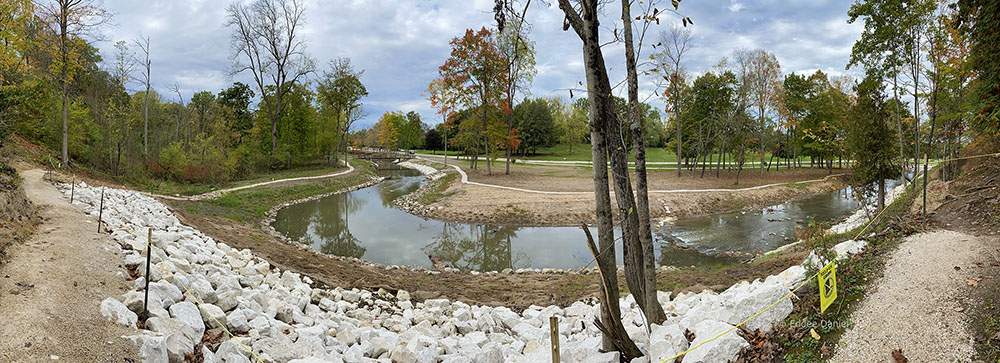
Pike River Restoration: Enhancing the Watershed for a Cleaner Lake Michigan
November 12, 2021 | Topics: Spotlight, Stories
By Nancy Retana
Photography by Eddee Daniel
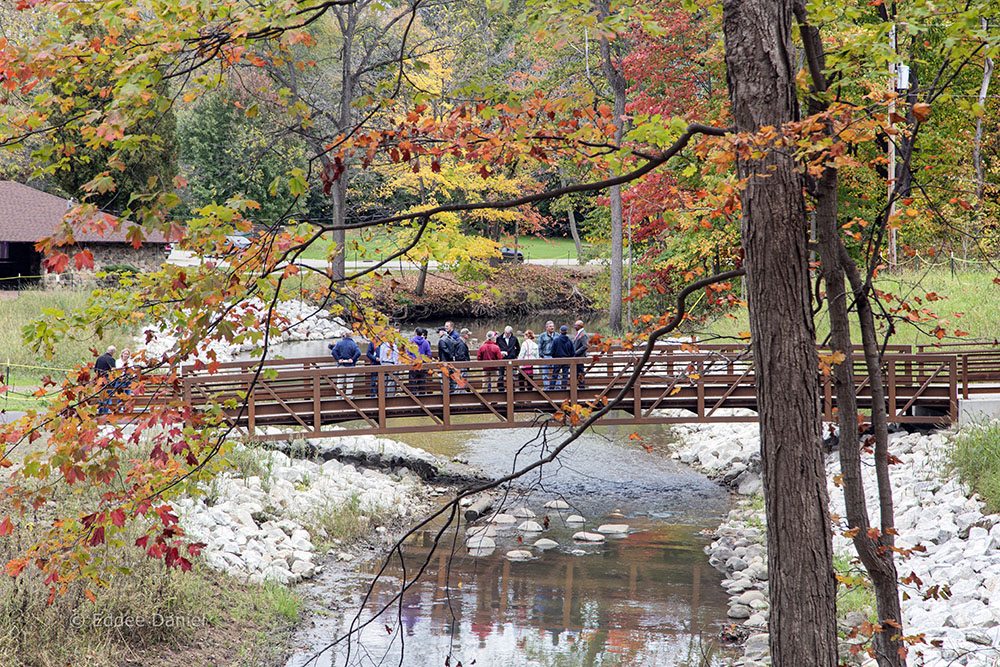
The completion of Phase II of the Pike River Restoration Project was recently celebrated at Petrifying Springs Park. The ribbon cutting event attracted the participation of Wisconsin Department of Natural Resources (DNR) Secretary Preston Cole as well as numerous dignitaries from Kenosha County and the Pike River watershed. The second phase of Kenosha County’s streambank restoration project built upon Phase I work completed in 2018.
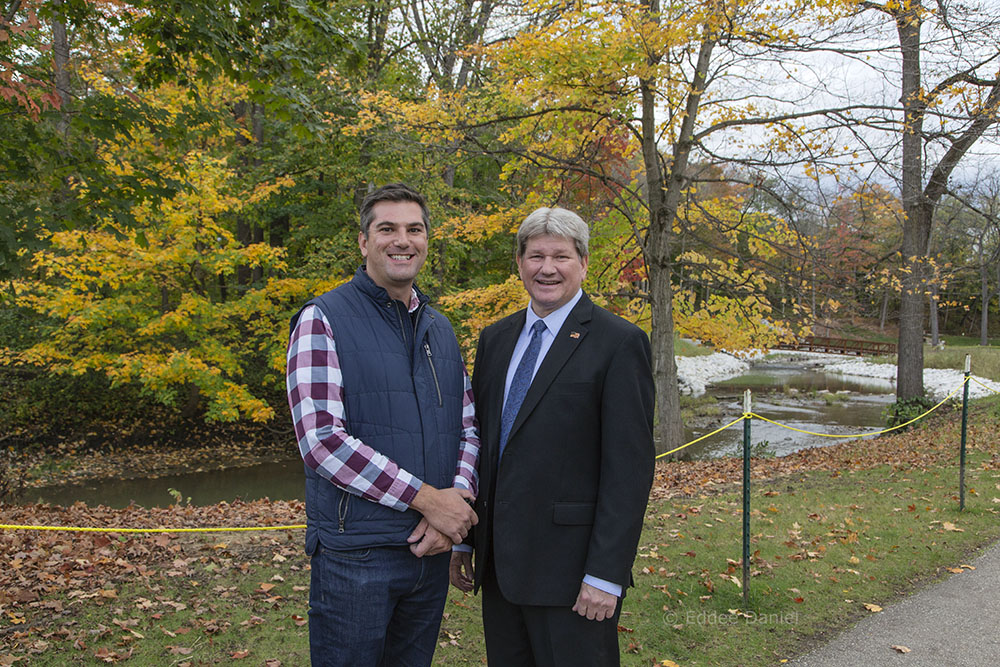
History
The Pike River Watershed has been a site of ongoing interest for local jurisdictions for many years. In the Comprehensive Plan for the Pike River Watershed (1983), the Southeastern Wisconsin Regional Planning Commission (SEWRPC) notes that the reach of the Pike River between Petrifying Springs Park and Kenosha Country Club was impounded and that water movement negatively affected local fish populations. This plan was among the first to outline specific plan and management techniques for the watershed.
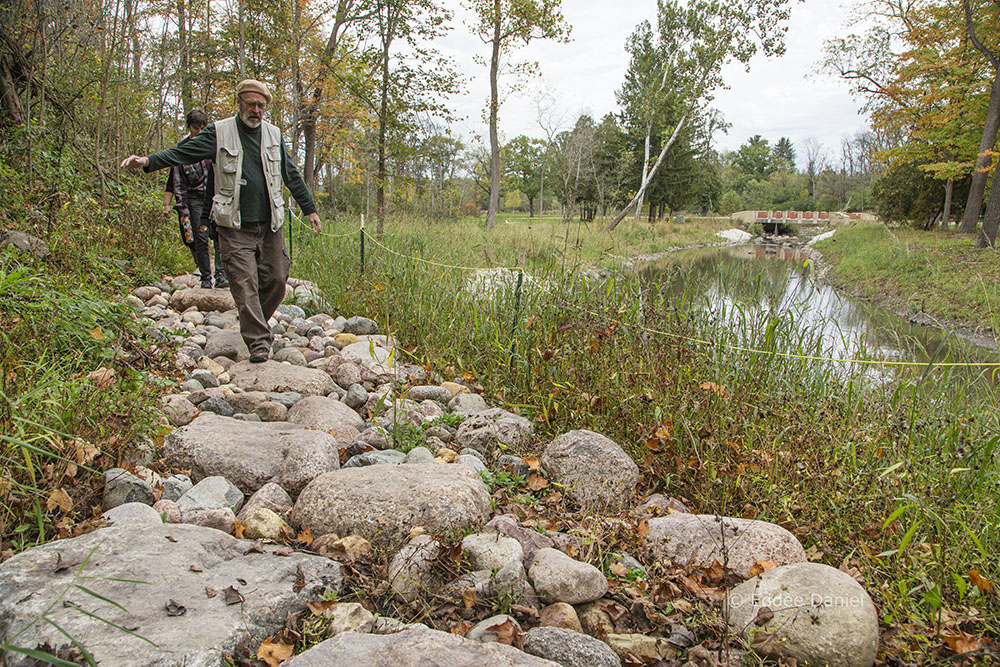
Restoration of the Pike River within Petrifying Springs Park addresses a “critical area” of the river as highlighted in the EPA-approved Nine Element Pike River Watershed Plan (2013). This project site is extremely important as it is one of the largest and least fragmented green infrastructure hubs in the watershed. Streambank and channel restoration efforts follow the plan’s recommended practices.

Kenosha County’s restoration activities on the Pike River are part of a large, ongoing effort conducted within the Pike River Watershed. The Village of Mount Pleasant restored a seven-mile corridor of the North Branch of the Pike River. Kenosha County has taken a proactive approach to restore the Main Branch of the Pike River that flows through Petrifying Springs Park, and ultimately the UW-Parkside campus.
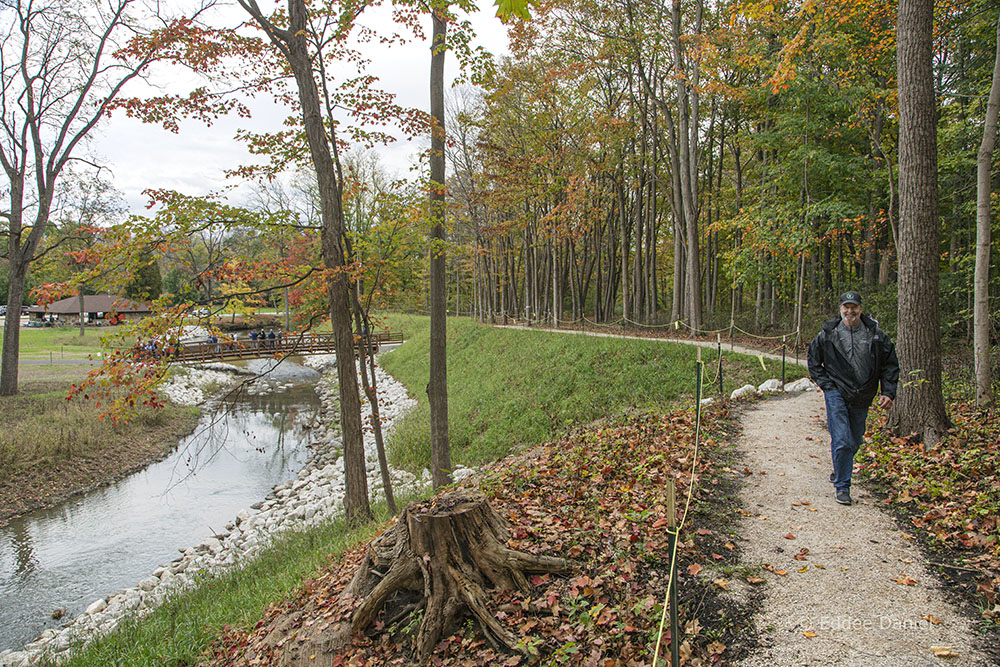
Phase II Overview
Phase II encompasses a 3,280-linear-foot stretch of the Pike River and included the planting of native vegetation on 4.83 acres of the riverbank habitat within the central section of Petrifying Springs Park.
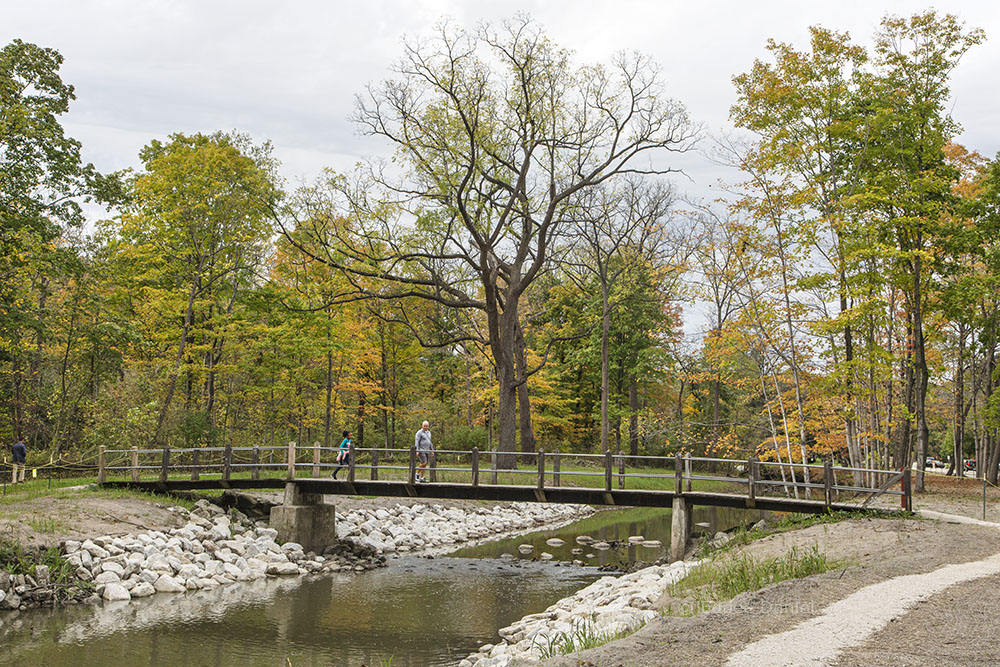
Stone revetments were installed to prevent erosion and to stabilize the once eroded, steep slopes along the river. Natural elements, such as toe wood protection, log vanes, and planting of native vegetation, were installed within the river to protect the stream bank from eroding while providing in-stream cover for fish.
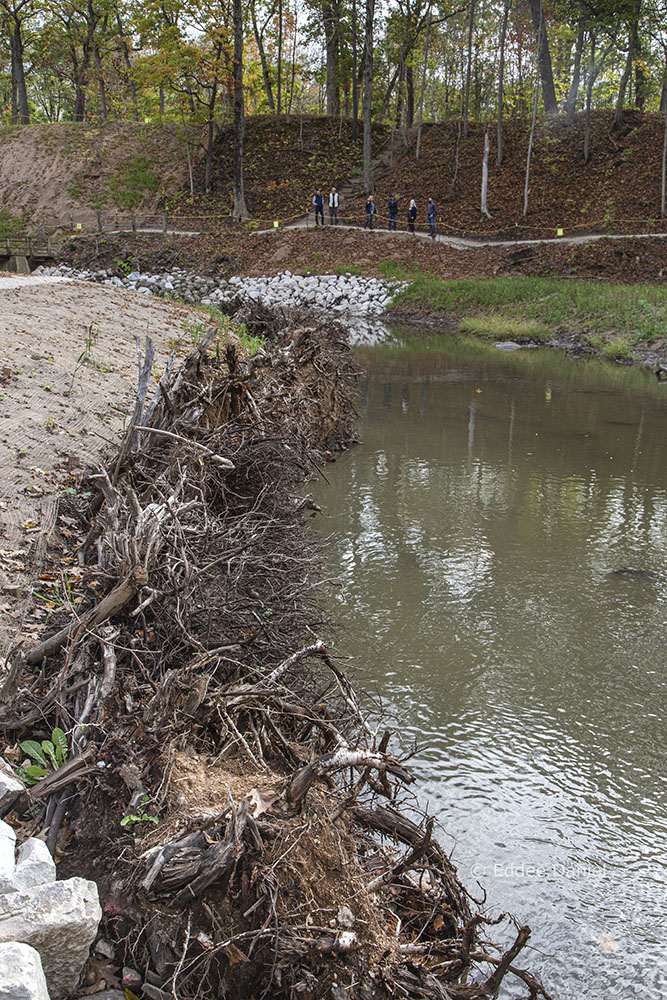
Additionally, approximately three-quarters of a mile of new trails were developed to allow the public to gain recreational access to the Pike River corridor in the area, including for fishing and use of non-motorized watercraft. The playground in the park’s Area No. 4, which had been subjected to flooding, is to be relocated in 2022 to a new spot west of the river, outside of the floodplain.
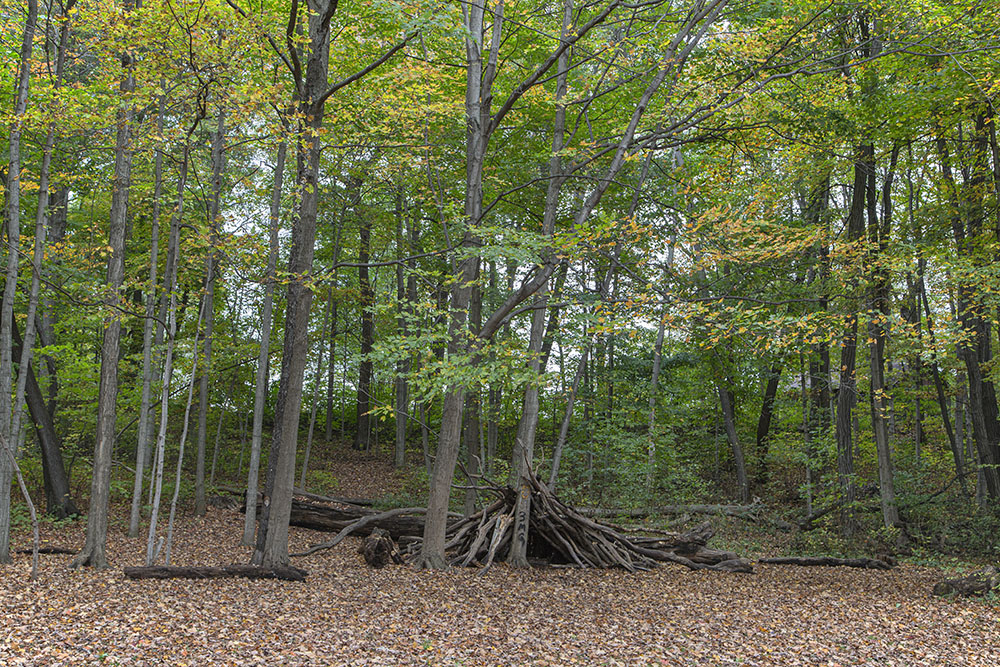
The restoration is intended to aid in improving the water quality, habitat and ecological functioning of the Pike River and its riparian zone within and beyond Petrifying Springs Park. Conservation practices implemented throughout the watershed are projected to reduce the introduction of an anticipated 368 pounds of phosphorous per year, significantly improving water quality and ecosystem for wildlife.
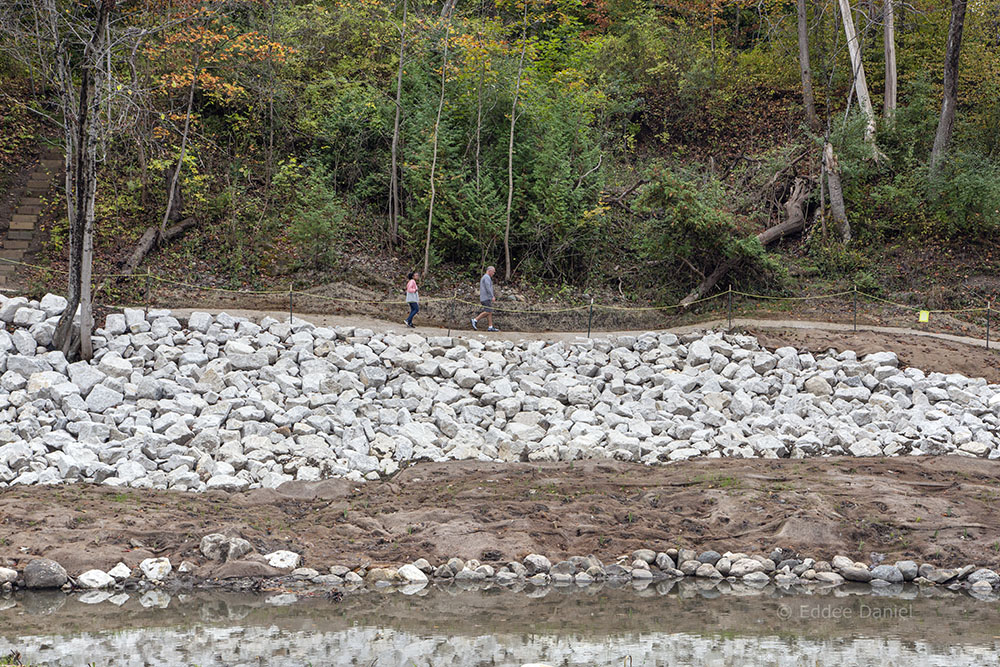
Partners
This project was funded with support from numerous stakeholders, including a $1 million U.S. Environmental Protection Agency EPA/Great Lakes Restoration Initiative grant, a $350,000 Fund for Lake Michigan grant, a $50,000 Wisconsin DNR River Protection grant, and revenue from the Petrifying Springs Biergarten and Boundless Adventures outdoor adventure park in Bristol.
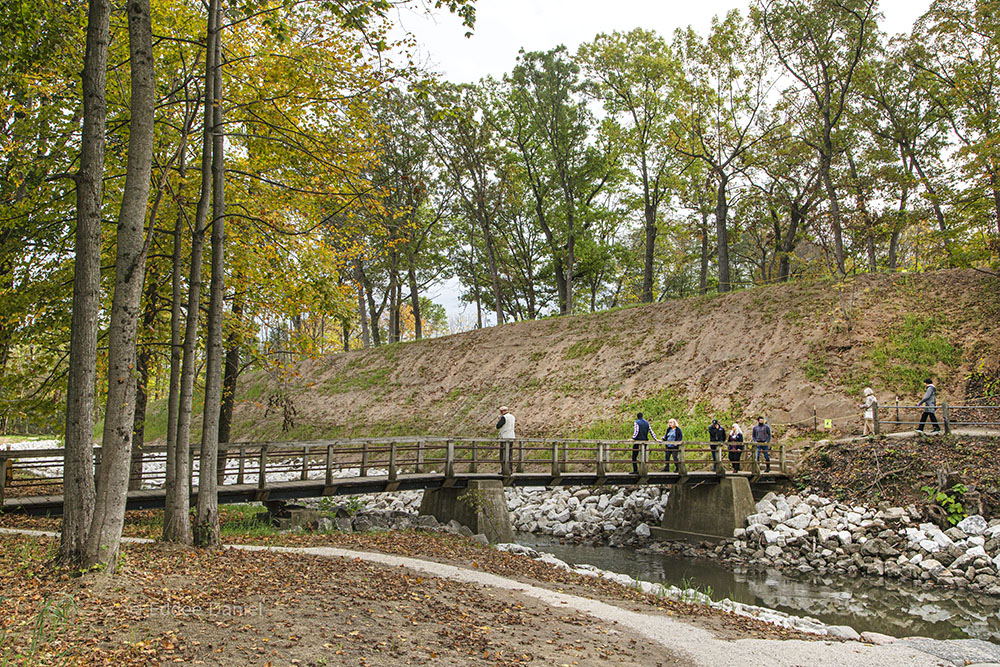
Since 2018, Kenosha County has partnered with the University of Wisconsin-Parkside (UWP) to complete periodic water testing along the Pike River within Phases I – III. The Pike River runs through university property, which is located within the river’s floodplain. The proximity of Petrifying Springs to the UWP campus creates an ideal outdoor learning laboratory for students.
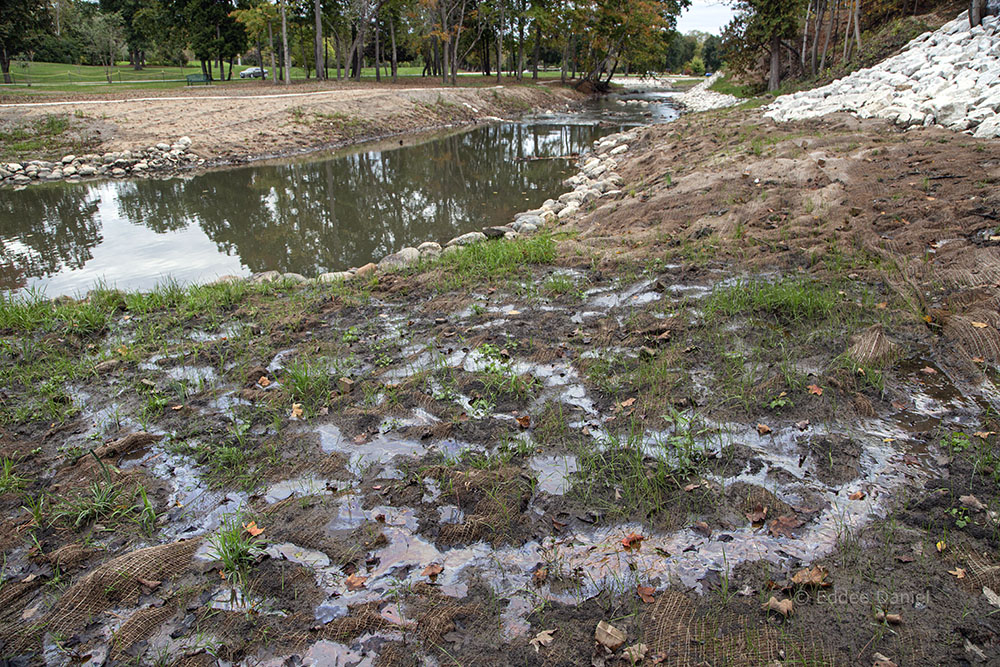
Water testing conducted by students and overseen by faculty included nitrate and phosphate level analysis and total suspended solids. UWP is committed to continuing water quality measurements in years to come. Water testing data will measure the impact of stream riparian habitat improvement by providing measured baseline data pre-implementation, during implementation, and post-implementation.
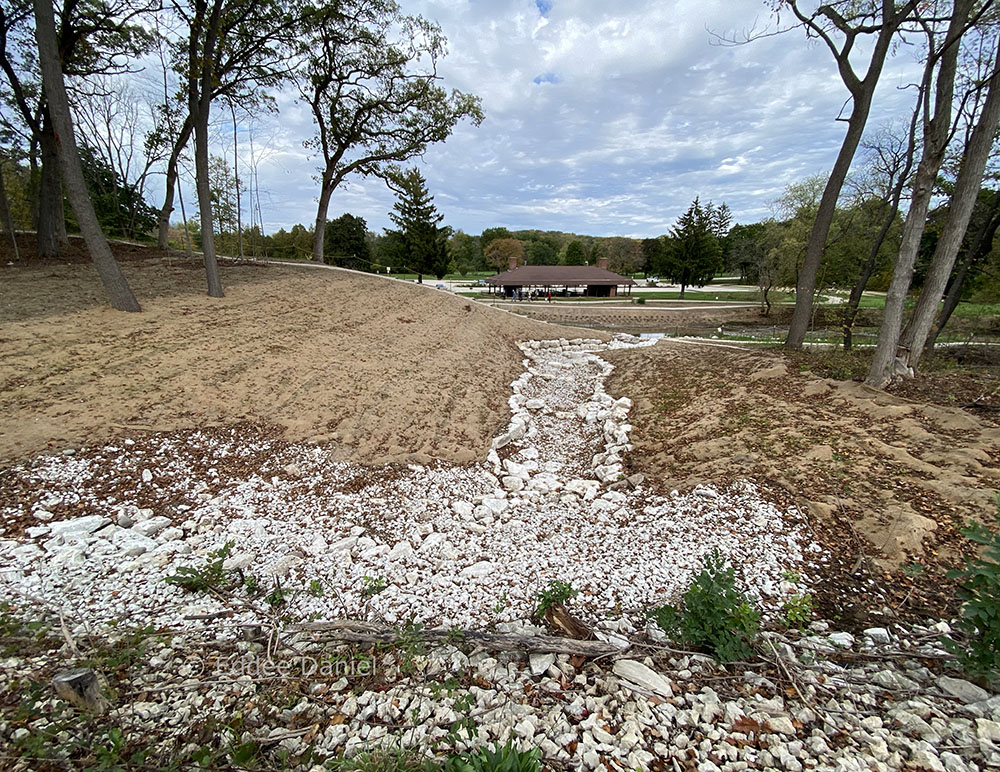
What’s Next
Design and engineering for Phase III of the Pike River Restoration Project is set to commence in early 2022, with anticipated construction in 2023 (Budgets/Grants Pending). Kenosha County’s land-use agreement with the University of Wisconsin System and UW-Parkside has allowed for expansion of Pike River restoration efforts, making the restoration of the Main Branch a six-phased project. Kenosha County will continue to work with UW-Parkside and other stakeholders to coordinate restoration efforts in the expanded project area. Additionally, planning and design for restoration of the South Branch are currently underway in collaboration with the United States Army Corps of Engineers, led by the Kenosha County Division of Planning and Development.
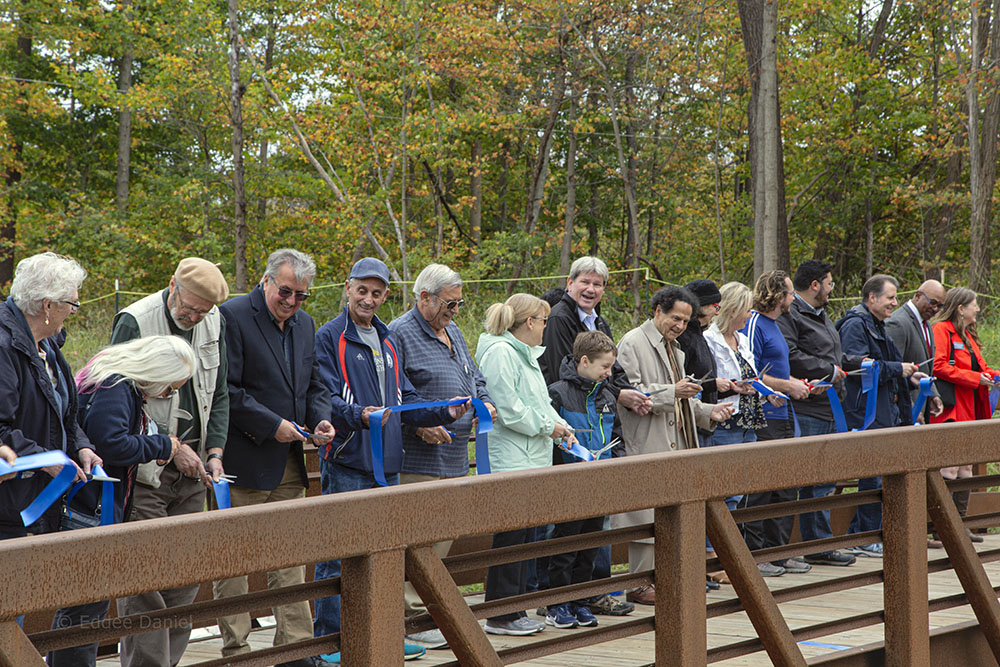
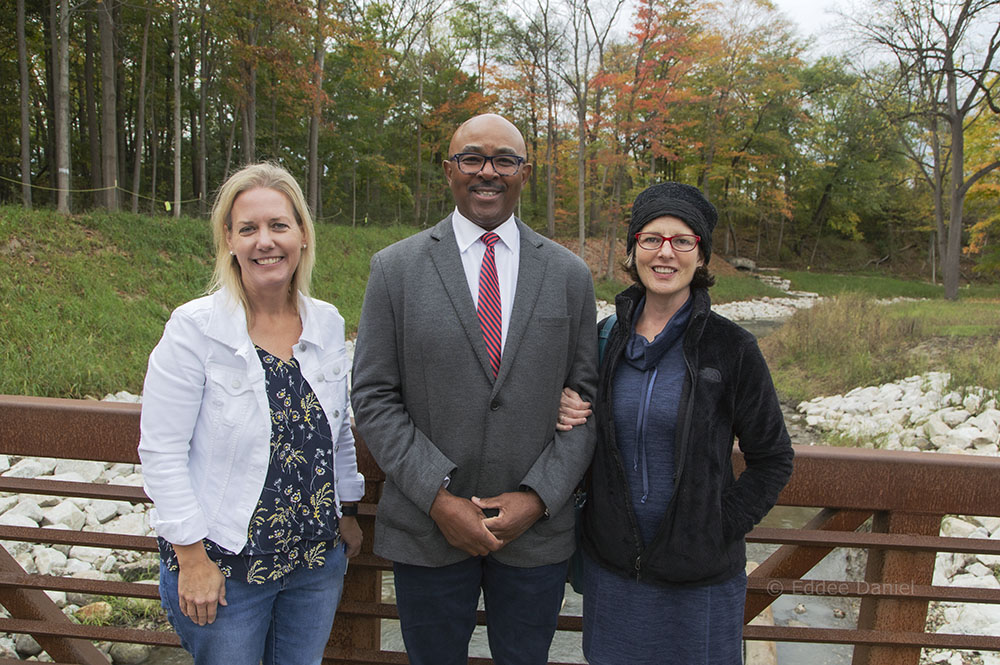
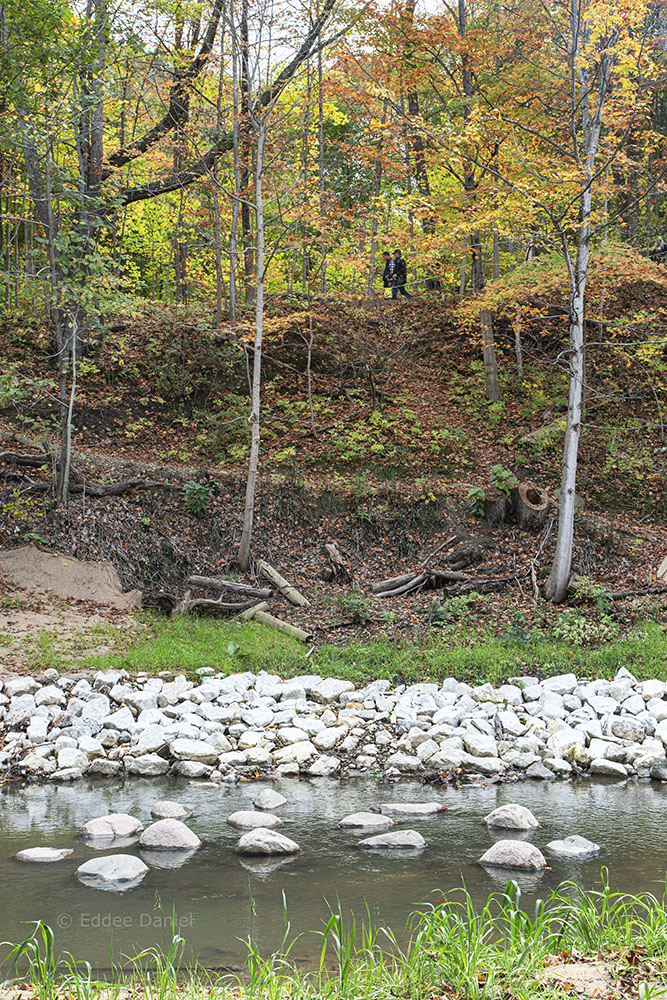
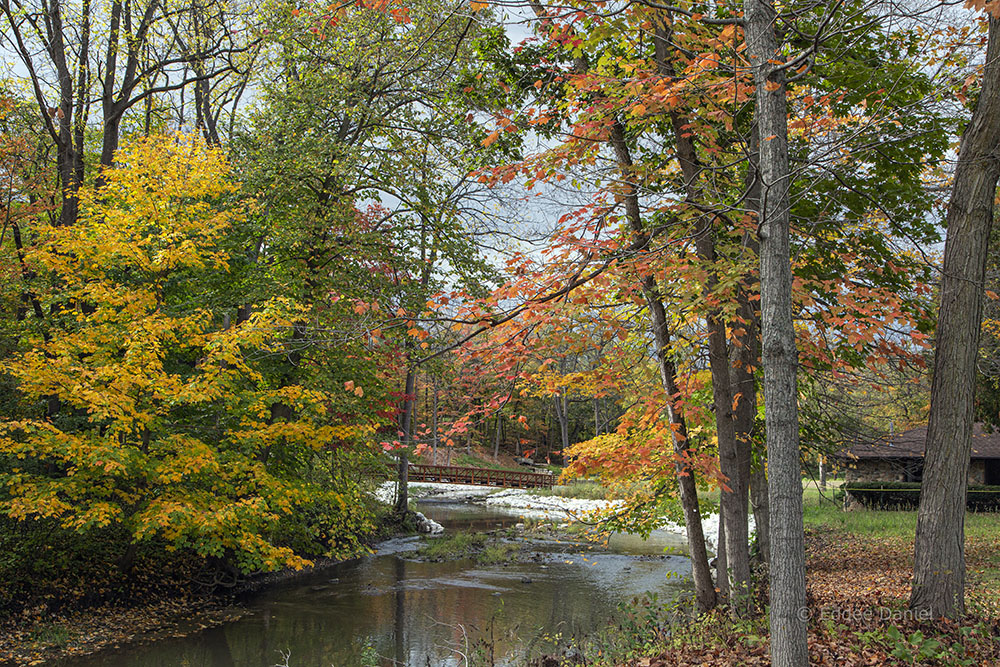
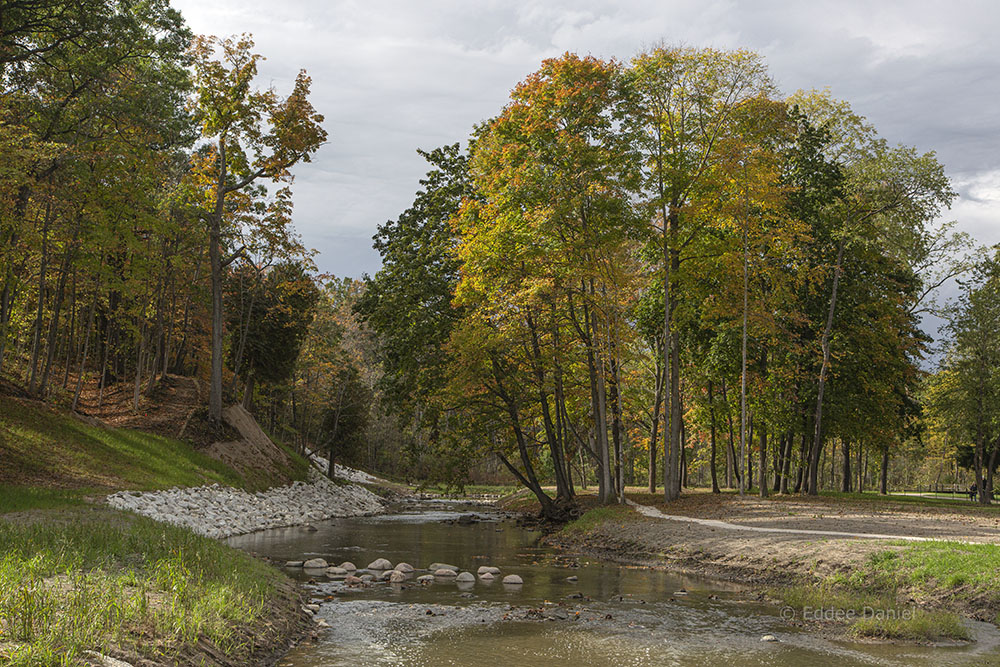
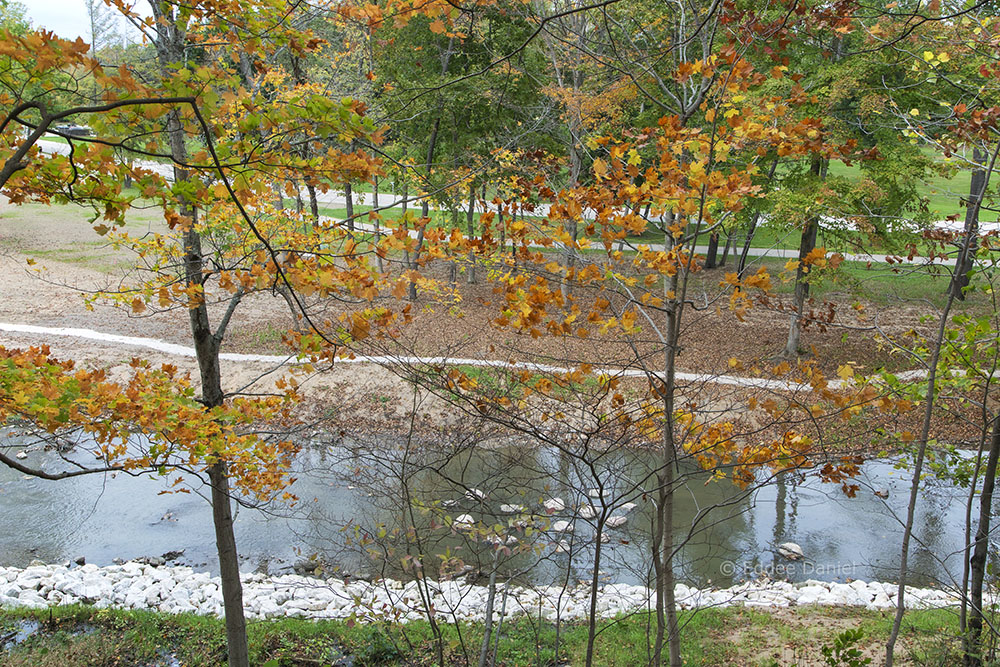
For questions related to the Pike River Restoration Project at Petrifying Springs Park, contact Kenosha County Parks at kenoshacountyparks@kenoshacounty.org.
Related story from Phase 1 of the Pike River project: Pike River restoration: This is what success looks like!
Nancy Retana is Grant Specialist/Development Coordinator with Kenosha County Parks. Eddee Daniel is a board member of Preserve Our Parks and Project Director of A Wealth of Nature.

